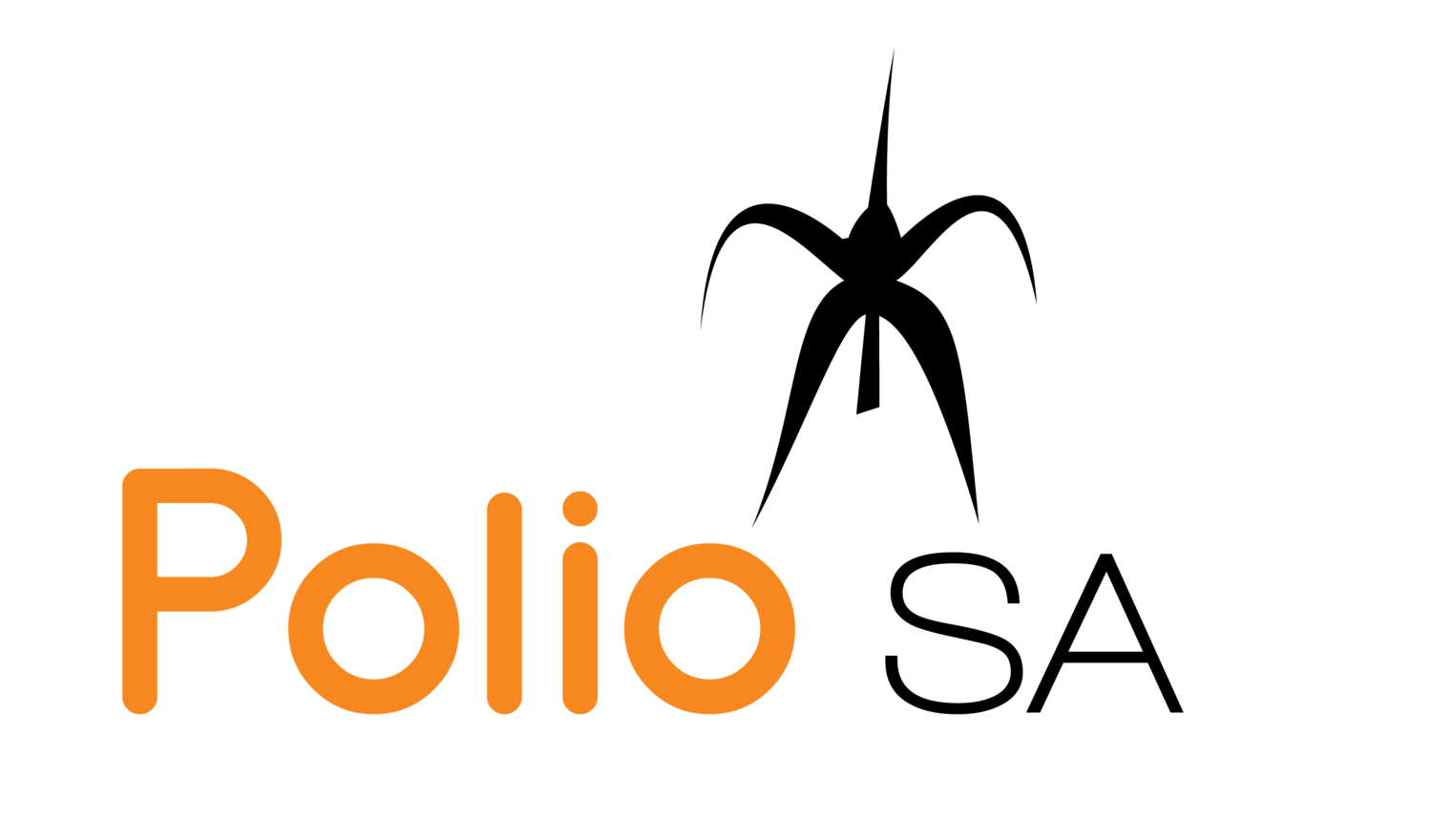This article was published online: https://www.psychologytoday.com/blog/de-stressingdisability/201801/the-importancefriends-similar-disabilities
I was surprised when my niece Sophia told me that she had applied for a summer staff position at Landmark College, which she had attended for three weeks the summer between 11th and 12th grades.
At the time, she, who at that time knew everything, had grumbled about how unhelpful the program was, how she hadn’t learned a thing, and that her favourite memories were trips to Brattleboro and the fresh produce and cucumber water available at almost every meal. So I was happy to read her letter of application. She explained that her summer at Landmark was the first time she knowingly had friends with learning disabilities like hers and, also, unlike hers, as she also had enjoyed meeting the students with Asperger’s in the social pragmatics program.
At my niece’s public high school, teachers never shared what other students had disabilities; it was only through noting who else was assigned to the disability resource room during the same class period as her, that she able to identify some other teens with disabilities- and for Sophia, those tended to be highly active boys she considered annoying (she was sure that foot tappers contributed to her inability to focus) or students on the autism spectrum appearing more disabled than she.
Though the Family Educational Rights and Privacy Act (FERPA) is likely well-intentioned, it makes difficult the ability of students to find friends who share one’s disability experiences; its enforced secrecy also perpetuates disability stigma. Thus, I was struck by the research described in the recently published November 2017 article in Rehabilitation Psychology, “Solace in Solidarity: Disability Friendship Networks Buffer Well-Being authored by Arielle Silverman, Ivan Molton, Amanda Smith, and Mark Jensen, of the University of Washington, and Geoffrey Cohen, of Stanford University. Although the two studies they conducted were with adults with legal blindness, muscular dystrophy, multiple sclerosis, post-polio syndrome, or spinal cord injury, there is little reason why the results, succinctly summarized in the article title, would not generalize to adolescents or to those with learning disabilities or mental health issues.
In fact, results of American and European studies comparing adolescents’ relationships with parents and friends suggest that not only are friends highly important in young people’s lives but in many ways, they are even more important than parents.
Classic studies by Reed Larson and colleagues using the Experience Sampling Method indicate that adolescents report that their happiest moments are when they are with friends, and they are generally much happier with friends than with family.
Imagine the emotional support and nurturance students might receive from having friends who can laugh about positive disability-related events and commiserate about bad ones as well as, or in conjunction with, the more common friendship topics of budding romantic relationships, school, and sex (Youniss and Smollar, 1985). However, as Silverman and her co-authors note, “social support” is not always beneficial and may sometimes have detrimental effects, especially if friends are coping poorly or are feeling quite distressed.
For adolescents, too, friends can also be the source of negative emotions such as anger, sadness, frustration, and anxiety, and their attachments to friends leave them emotionally vulnerable (Larson and Richards, 1994). However, connecting with peers who experience disability may help normalize disability-related challenges. As Silverman and colleagues explain, friends with disabilities can offer invaluable emotional support as well as tangible help and information on how to cope with disability-related stressors. And certainly, there is a greater likelihood that a friend with similar disabilities might “get” you in a way that those without disabilities do not. Thus, school counselors and school psychologists might want to consider introducing students, with their permission, to peers who share their disabilities and maturity level, not necessarily with the expectation that the kids will become best friends but rather as peer to peer support.
One exemplary program is Eye to Eye, which matches college mentors with middle school mentees who participate in group programs that encourage not only mentoring relationships but also those between peers; all students have voluntarily self-identified as learning disabled by just participating in the program. Another model is Active Minds, which aims to empower college students to speak openly about their mental health in order to educate others and encourage help-seeking.
Whatever the mechanism, it is important for those who work with students to encourage friendship building between those who share similar disabilities. As Sophia, in hindsight now strongly endorsing the Landmark high school summer program, summarized it, “That was the summer I finally fit in!”
